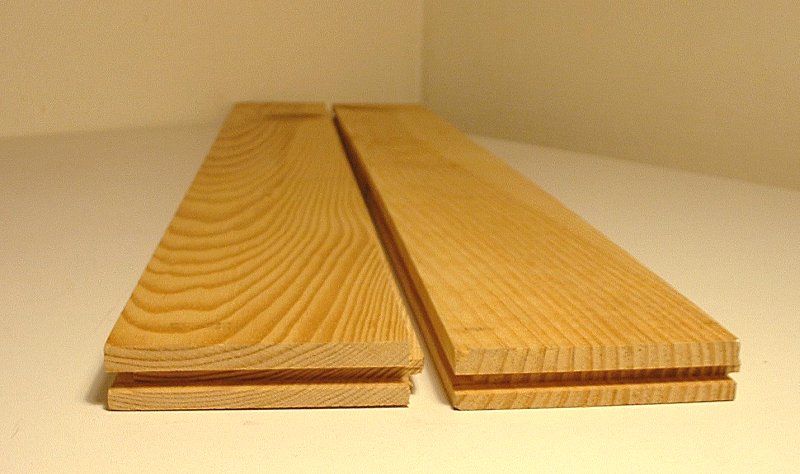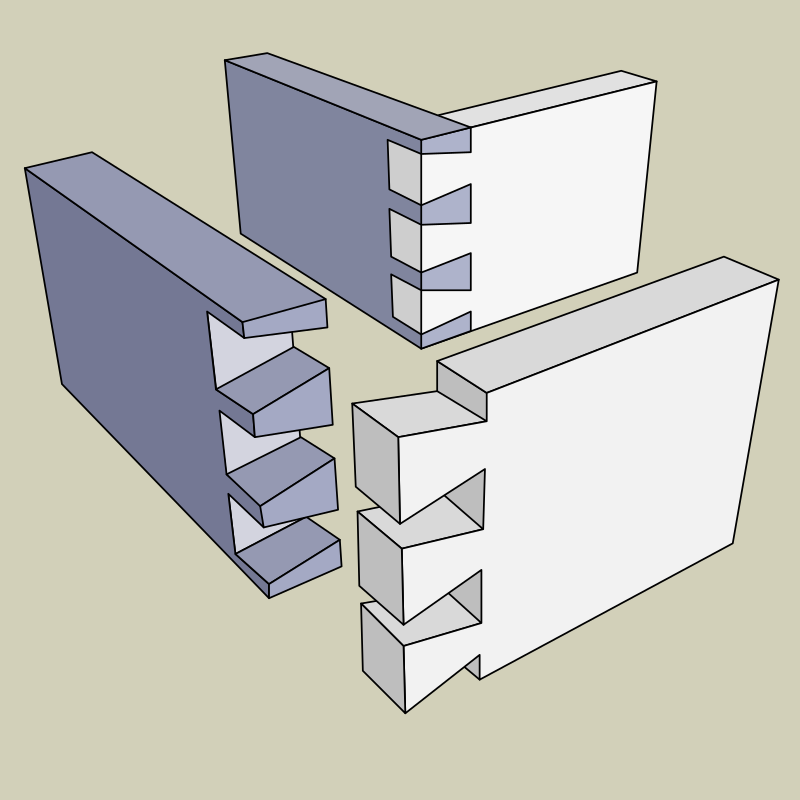
A Quick Guide
Basic Butt Joint
A Basic Butt Joint is used to describe wood that is nailed, screwed or dowelled end to end without any special cuts being made.
It is considered the weakest joint due its lack of resistance.
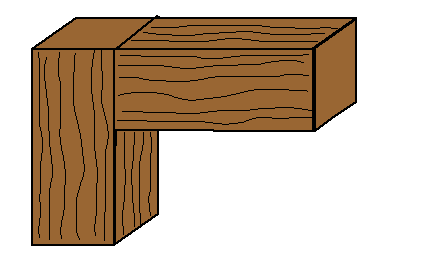
Biscuit Joint
A Biscuit Joint is a method that involves creating slots for a Biscuit(football shaped compressed wood disc) to be inserted. The slots are filled with glue which make the Biscuits swell, creating a strong, seamless joint.
Commonly used in furniture making.
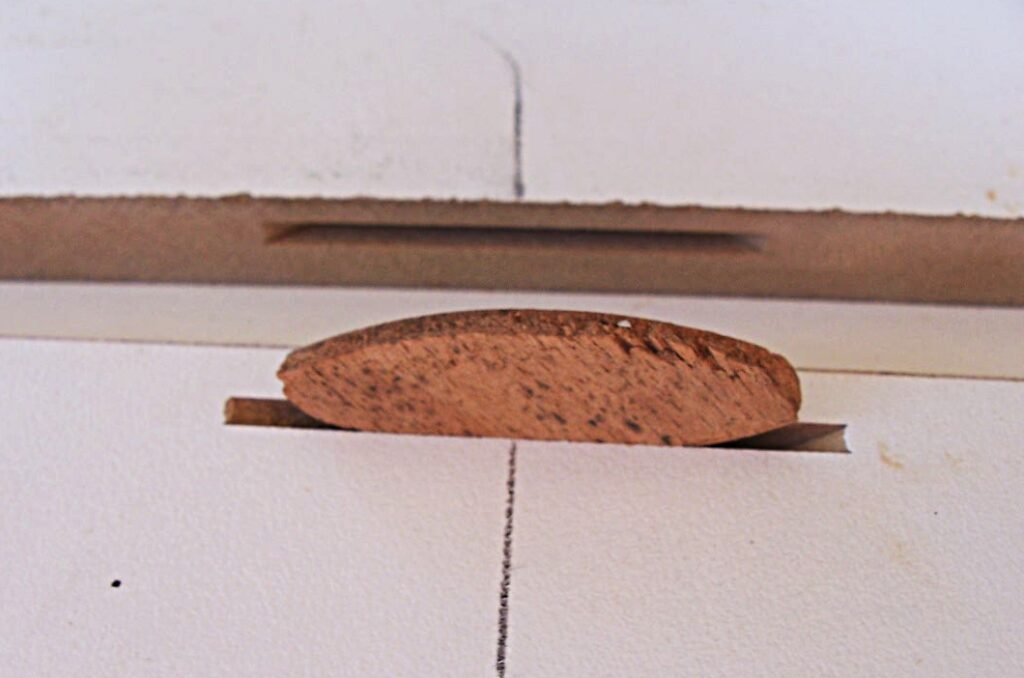
Dovetail Joint
The Dovetail Joint is the strongest of all woodworking joints. It is said that this joint shows true craftsmanship due to its unforgiving nature.
A Dovetail Joint is comprised of a series of wedges created into two separate pieces of wood that fit together like a puzzle, when combined with wood glue it is superior.
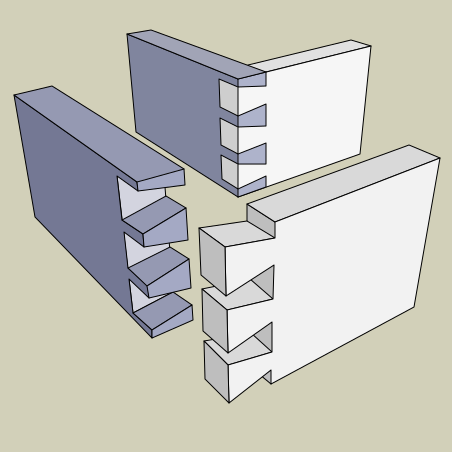
Dowelled Butt Joint
A Doweled Butt Joint combines a Basic Butt Joint with wooden dowels. Two or more holes are drilled into each piece of wood, glued up wooden dowels are then hammered in, connecting the two.
It is considered to be on the weaker side of joints, although it comes in handy when visible screws would be unsightly.
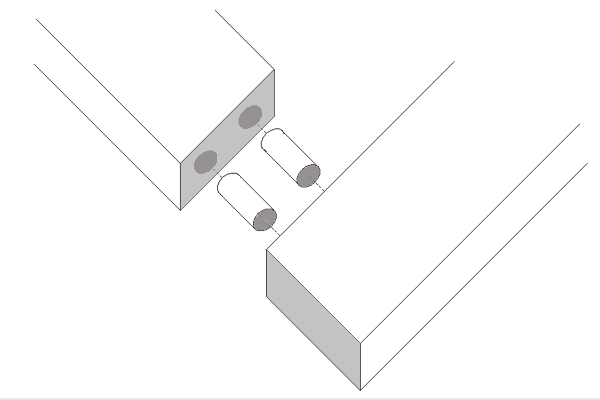
Finger Joint
A Finger Joint is a method that involves making cuts that interlock.
Resembling what happens when you interlock your fingers. It is a very strong joint, commonly used in creating large wood panels and framing lumber due it being less prone to warping.
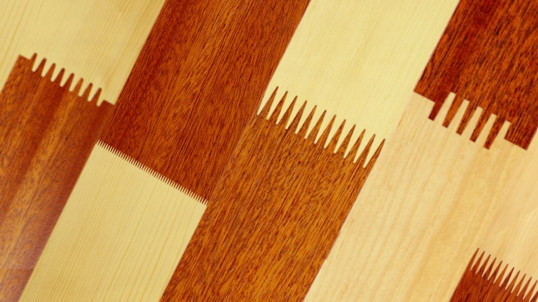
Lap Joint
A Lap Joint is a method wher you remove half of the thickness from two pieces of wood and are glued together to overlap.
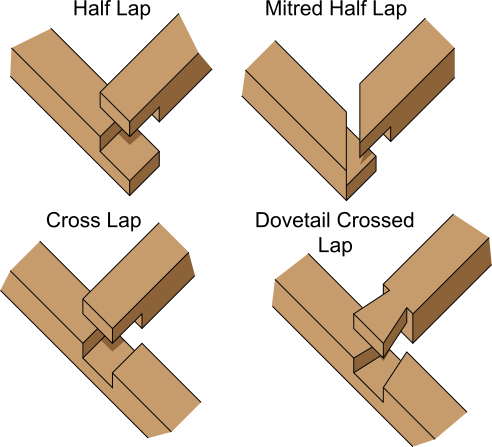
Mitre Butt Joint
A Mitre Butt Joint is a method that uses two pieces of wood, each mitred at 45° and joined to create a 90° angle.
It is stronger than a Basic Butt Joint, though it is recommended to reinforce this joint with nails.
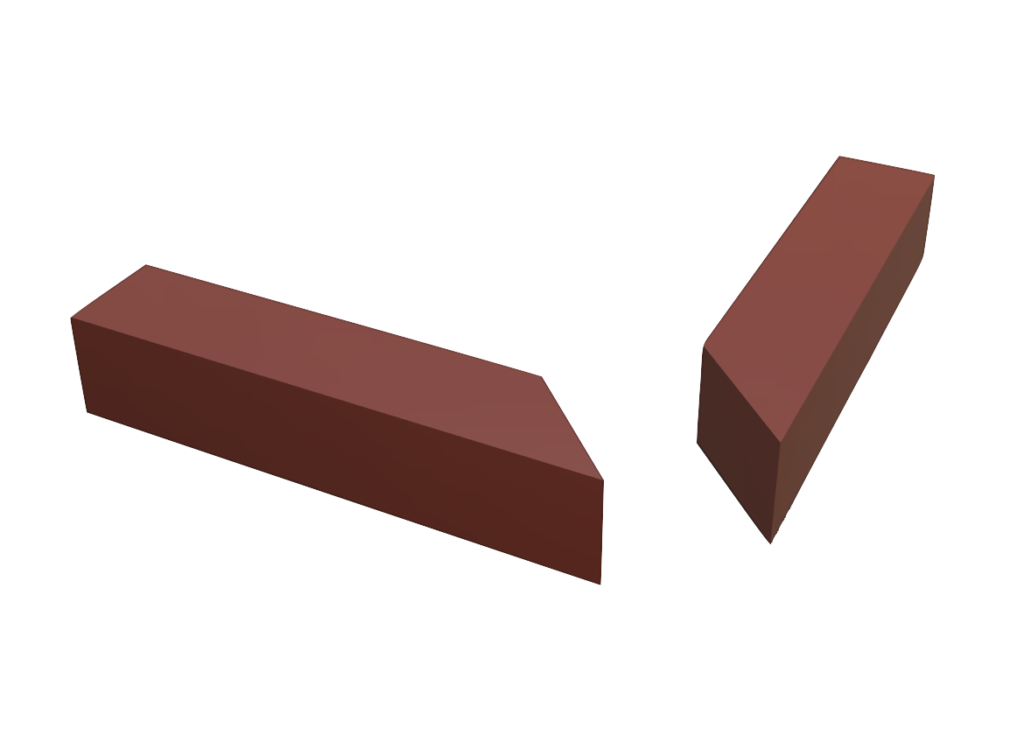
Mortise and Tenon Joint
The Mortise and Tenon Joint has been used for thousands of years joining all sorts of different materials.
In layman’s terms, one pieces of wood is cut to resemble a peg while the other pieces of wood has the replica of the peg drilled out of it to create a puzzle-piece-like fit.
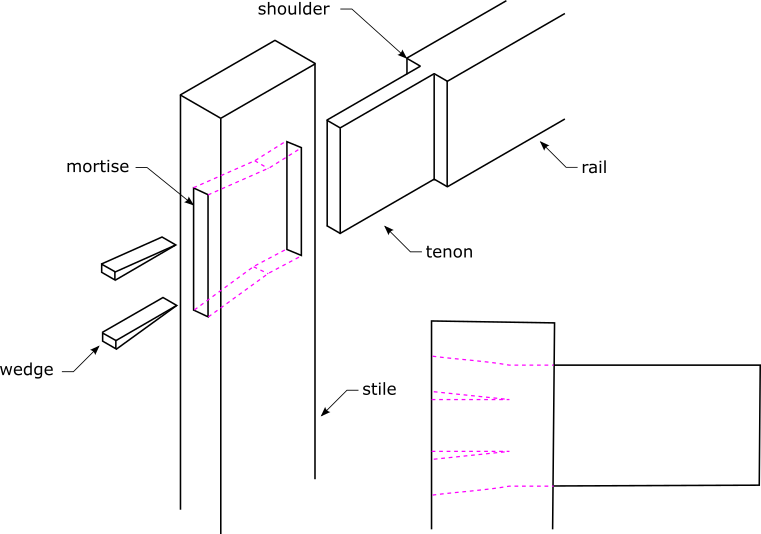
Pocket Hole Joint
A Pocket Hole Joint is a method that involves holes being drilled into a piece of wood at around 15°, screws are then drilled into those holes, into the joint, connecting the two piece together at a 90°angle.
Pocket Hole Joints are used in a wide variety of projects, they are not visible and are commonly used for structural frames.
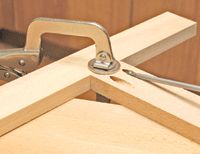
Rabbet Joint
A Rabbet Joint is a method that involves creating a tongue along the edge of one piece of wood, while the other piece side flush inside the tongue, hiding its end-grain(see common terms)
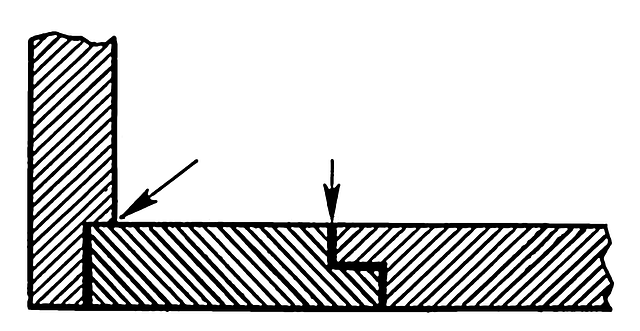
Tongue and Groove
A Tongue and Groove Joint is used when connecting two similar pieces edge to edge. ie. flooring.
One edge is cut with a groove down the middle, while the other piece of wood is cut to fit snuggly in the groove.
